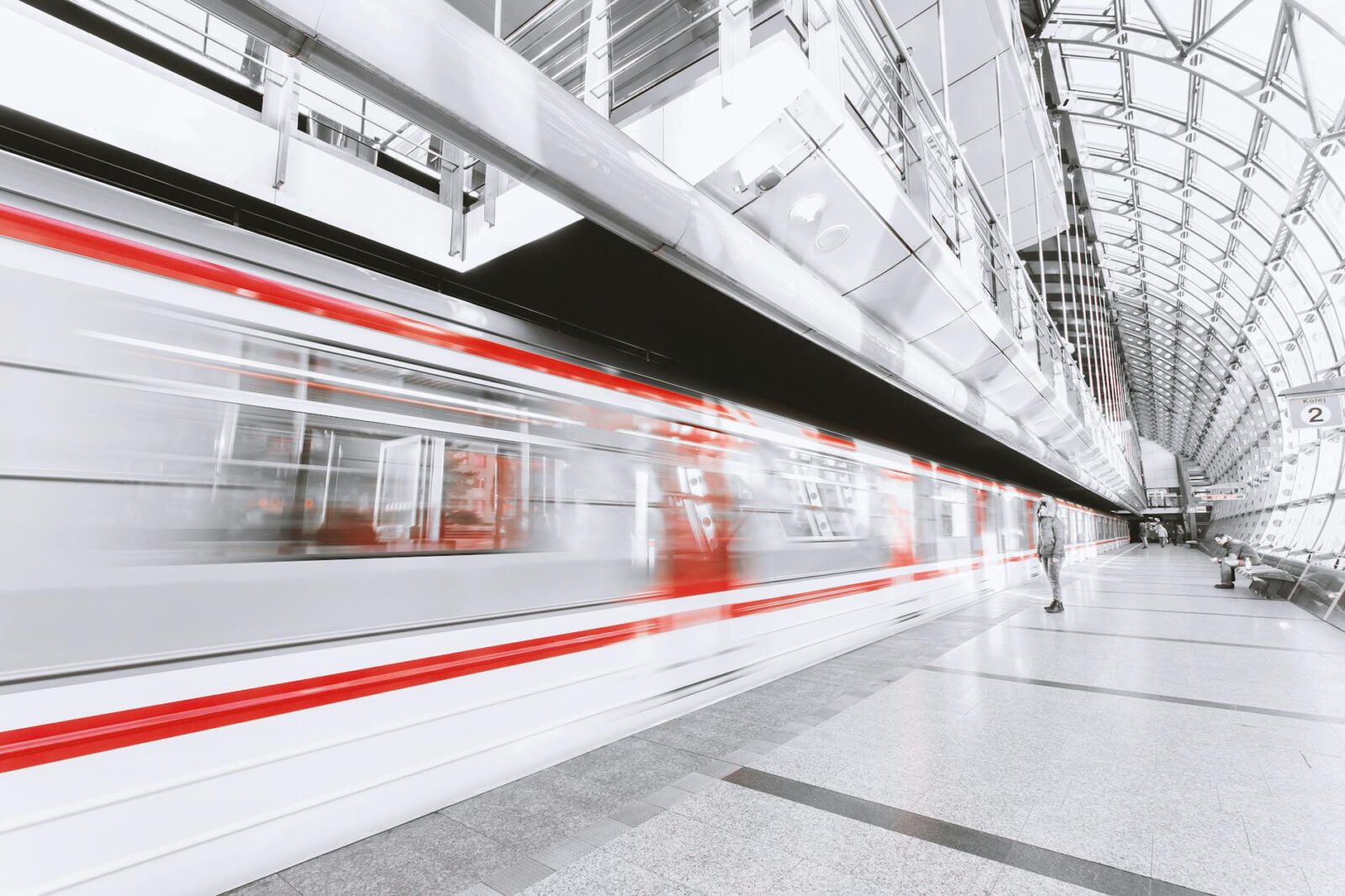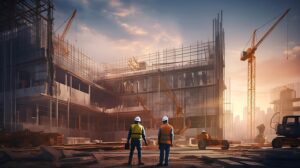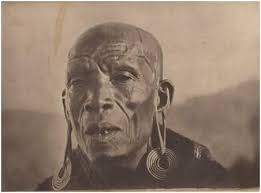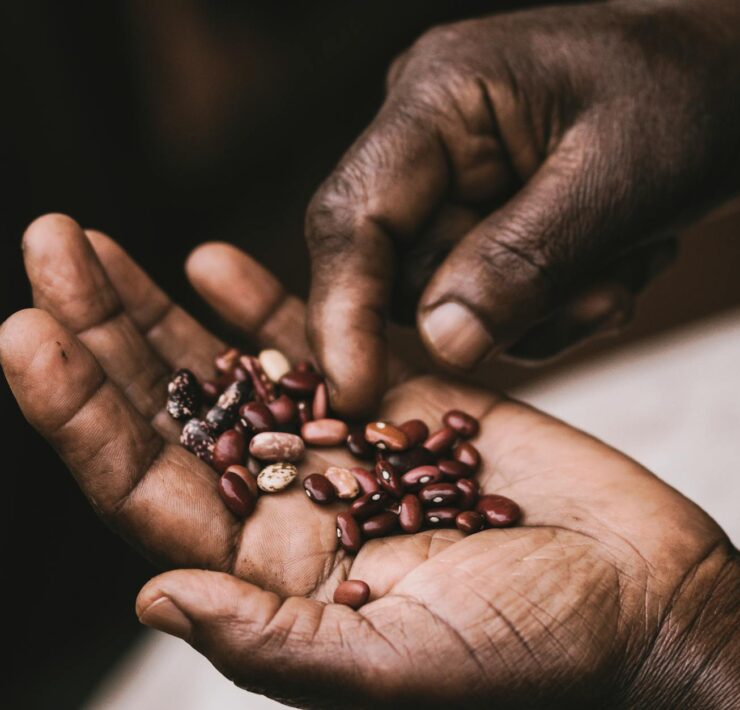UNITY OF PURPOSE for African Economic Development: the African Integrated High Speed Railway Network

PD Lawton is a South African writer and researcher, committed…
The concept of a modernized, standardized and integrated continental railway was devised by the African Union in 2013 as part of Agenda 2063 `The Africa We Want`. The key principle of this gargantuan undertaking is a continental railway that connects all regions and capital cities by standard gauge, high speed rail. The project is called AIHSRN, the African Integrated High Speed Railway Network. High speed is 200 km/h and requires electrification. The construction of the network is the responsibility of each member state to incorporate connecting cross-border lines within the framework of domestic master railway plans.

Update
A technical workshop was held in Addis Ababa, Ethiopia, 12-14th December 2023, to discuss the successes of current rail modernization projects as well as the challenges. Among the critical needs, financing being the most obvious, others were identified such as railway technical skills training in universities. The event was highly optimistic and successful, providing an opportunity for the rail industry’s leaders to confer with the African Union body that oversees the project, AUDA -NEPAD( African Union Development Agency) – (New Partnership for Africa`s Development).
The Veins of Trade
The integrated nature of the railway will facilitate seamless freight and passenger travel through all regions and will serve as the veins of AfCFTA (African Continental Free Trade Area) which was inaugurated on 1 January 2021. Both AfCFTA and AIHSRN are flagship projects of Agenda 2063. The year 2063 will mark the centenary of the founding of the original AU, the Organization of African Unity.
The most important aspect of the railway vision is its capacity to integrate. Integrate means to make whole, unite.
Transport expenses on the African continent are among the highest in the world, raising the cost of doing business and making products uncompetitive on global markets. Infrastructure deficits and energy deficits are the primary obstacles to the alleviation of poverty and raising of the standard of living. Railways are the most efficient and cheapest method of transporting people and goods. China stands as the best example of the qualitative changes that high speed rail brings to the economy and how it is only through high speed rail that industrialization can be accelerated.

The majority of countries in Africa are in the process of modernizing and expanding their national railway networks to run at higher speeds and using standard gauge in most of the networks. Ghana, Nigeria, Botswana, Namibia, Angola, Ethiopia, Zambia, Kenya, Tanzania, Uganda, Egypt, Morocco and Tunisia are among all of those who have progress to report despite challenges in some cases.
The Nigerian Railway Modernization Plan is now over-coming the main obstacles to continued progress having reformed the railway industry with a constitution amendment. The Nigerian Railway Corporation has similarly undergone restructuring. With these key issues now ironed out we can expect continued progress as Nigeria has a particularly well designed, in fact world class, Master Railway Plan which will in the near future connect to Maradi in Niger, Ouagadougou in Burkina Faso and ultimately Douala in Cameroon, Cote D`Ivoire and on to Dakar, Senegal.

Nigeria Master Railway Plan. Image: courtesy of Rowland Ataguba
Ethiopia, Egypt and Tanzania are continuing as trail blazers within the rail industry, in part due to their respective government’s strong commitment to AIHSRN. Ethiopia inaugurated its electrified cross- border train connection, the Addis-Djibouti line, back in 2018 and is continuing with outward links to neighbouring states, namely South Sudan.

Tanzania`s success is quite phenomenal. Tanzania is almost twice the size of Western Europe’s largest country, France. The Tanzanian SGR consists of a network of about 2,000 km developed in six phases which were explained by Masanja Kadogosa, the Director General of Tanzania Railways Corporation (TRC ) in an interview with Railways Africa Magazine.
Phase 1 : Dar es Salaam- Morogoro (300km) completed. Construction started April 2017. Yapı Merkezi from Turkey in partnership with Mota Engil Africa from Portugal are the contactors.
Phase 2 : Morogoro to Makutupora, Dodoma ( 422km) 94% completed. Construction started March 2018. Contract with Yapi Merkezi.
Phase 3 : Makutupora – Tabora ( 294km plus 78km of intersections) 13% completed. Construction started April 2022. Contract with Yapi Merkezi.
Phase 4 : Tabora- Isaka (130km plus 35km of intersections) 5% completed ( gateway to Rwanda). Construction started January 2023. Contract with Yapi Merkezi.
Phase 5 : Isaka- Mwanza ( 249km plus 92km of intersections ) 47% completed ( gateway to Lake Victoria) China Civil Engineering Construction Corporation and China Railway Construction. Agreement signed in January 2021.
Phase 6: Tabora-Kigoma (506km) Tabora-Uvinza-Kigoma ( DRC/Burundi) process in stage of mobilization: under procurement. Construction to start Jan/Feb 2025. Contract with China Civil Engineering Construction Corporation (CCECC) and China Railway Construction Company (CRCC).

image courtesy of tanzaniainvest.com
The concept of this corridor of the AIHSRN is to connect Tanzania-Burundi-Rwanda-DRC by railway. Burundi and Tanzania are now beyond the process of feasibility studies and equipment is being procured for the final stretch of the line that connects to Gitega in Burundi.. The railway will connect to Goma, the provincial capital of North Kivu, DRC via Kigali in Rwanda and to Bukavu, the provincial capital of South Kivu, via Burundi.This section will go from Uvinza -Musongati-Gitega , connecting the two countries of Tanzania and Burundi. The next stage will be the stretch of line to Kindu in the Democratic Republic of Congo.

In the north of Tanzania there is another line under construction which goes from the Port of Tanga –Mount Kilimanjaro – Arusha – Musoma to connect to the Kenyan border. The southern corridor of the Tanzania railway network will connect to Malawi and Mozambique.

image courtesy of tanzaniainvest.com
The TRC is constructing its Master Railway Plan in segments to avoid risks and keep the contracts competitive. It is proving to be a successful method of operating. The Turkish engineering company, Yapi Merkezi, are proving to be the best partner for railway construction in Africa. Underlying Tanzania`s commendable success is government commitment to the project which the late and much respected president, John Magufuli championed. Tanzania also has created a highly efficient state-owned body which is responsible for the project, the Tanzania Railways Corporation (TRC) which is under the control of the highly capable, Director General Masanja Kadogosa.
According to this recent Tanzanian media outlet the project has also contributed to increased employment, with SGR delivering 30,176 direct and 150,388 indirect jobs, earning a total of 358.74bn/-, and drivers are among the beneficiaries.
Tanzania’s SGR uses electric locomotives and has the capacity to transport passengers and cargo shipments at 160 kilometres per hour.
The issue of high speed was addressed at the recent Rail Summit in Addis and as Ibrah Wahabu, AUDA- NEPAD Senior Programme Officer for Infrastructure and Connectivity, explained in an interview with Philippa Dean of Railways Africa Magazine, the AU has decided to downgrade expectations of speed. The AIHSRN will be renamed as the African Integrated Railways Network.. In order to achieve high speed, electrification is required. Diesel engines cannot achieve high speed. Africa once again is set back by its shocking energy deficit, a fact that re-enforces the call for more energy as electricity really is the backbone of the economy.
That said, not many people are aware of Al Boraq, Morocco’s truly high speed train that travels at maximum speed 357 km/hr and operational speed of 320km/hr between Casablanca and Tangiers over 300km in distance and operated by ONCF, Moroccan Railway Company. There are also proposed plans for an under-sea tunnel to connect Africa to Europe which would make possible Rabat, Morocco – Madrid in 6 hrs and Rabat -Paris in 10hrs, indicating the real beauty of high speed railways.

Image: Al Boraq, Africa`s first bullet train
Ibra Wahabu explained that AUDA-NEPAD are in future going to emphasize rail as the backbones of economic corridors. This concept is very much in line with China`s BRI Belt and Road Initiative. It is already the Egyptian model for economic development first proposed by President El Sisi in 2014 which is seeing the construction of a new sister city for Cairo, the completed construction of the New Suez Canal and the backbone of it all, the Al Dabaa Nuclear Plant under construction with Russian Nuclear ROSATOM.
https://www.youtube.com/embed/3N8XDRykt8g?feature=oembed
Ibra Wahabu said that focus must re-orientate towards inter-African trade:
“Without infrastructure the African Continental Free Trade Agreement will be just a talk show. Currently we have less than 5% inter-African trade volume within the continent. If we want to boost inter-African trade, we need to boost connectivity. Connectivity in terms of trade, rail is the most adequate one. Unfortunately what we notice at the AU Development Agency (AUDA) the current rail networks are not built for inter-African trade. They are built for the extraction of resources. So we need to have a deliberate approach where we shift the focus to make rail infrastructure that works for trade, make rail infrastructure that works for people movement, and make it work for business opportunities.”
He said that the significance of integrated economic corridors was going to be revolutionary, a paradigm shift for infrastructure development:
“We believe the integrated corridor approach is giving a new paradigm shift for infrastructure development that will tackle those issues. One of the projects that illustrate perfectly the integrated corridor approach is LAPSET Corridor (Lamu Port-South Sudan-Ethiopia-Transport). So you have a corridor from Lamu Port in Kenya up Ethiopia through South Sudan. Along the corridor you have a highway, you have a fiber optic line, you have a resort city, an airport, and then you have a power plant and more importantly you have the LAPSET Railway Project which if really implemented will give tremendous boost to inter-regional trade in East Africa and Central Africa and to connect to the West African region, definitely.”
Of course what is on everyone’s mind is funding. As explained by Ibrah Wahabu currently rail financing is coming 80% from government while institutional investment only invest 1.4% and the private sector 12% into infrastructure.
“We used to think money is not the problem. This continent has a lot of money. How do you translate that money into funding, into financing? We commissioned a report on institutional investment in Africa in 2018 up to 2020.And we realized at that time pension fund and the sovereign wealth fund only invest 1.4% of their asset under management into infrastructure. If they can invest up to 5% that will generate $25 billion investment into infrastructure annually on this continent.”
“We developed a financing strategy for PIDA, the Program for Infrastructure Development in Africa , which articulate clearly from the project definition up to the operation of maintenance, how much it will cost us and where can we get those resources and how can we effectively mobilize those resources. We need to take that strategy and adjust it and translate it into the rail sector. And I am sure we can find the appropriate mechanism to finance the African Integrated Rail Network project.”
In February of 2023, economist Prof.Jeffrey Sachs was speaking at the “High Level Event on Africa’s Macroeconomic Performance and Outlook,” at the opening session of the 36th Assembly of the African Union at AU headquarters in Addis Ababa. In his remarkable speech he stressed that Africa Needs a Common Integrated Deep Strategy for Ending Poverty and Industrialization. He said the following, [ read his entire speech by typing his name on the Search bar of this website]
“What Africa can achieve in the coming 40 years is what China achieved between 1980 and 2020. Forty years in which the Chinese economy grew roughly 35 times and went from poverty to a very strong economy, indeed by some measures, the largest economy in the world. Africa has the same population as China and it has the same potential as China but it requires obviously a deep strategy to achieve this kind of result because what China achieved resulted from a deep strategy, it was not something that just happened. It was something that was promoted by the Chinese leadership, by the National Development and Reform Commission, by strategists over the course of 40 years. This I think, is Africa`s challenge. I don`t believe this can be viewed as one country at a time even though each country has a very important role to play, because it will be the cumulative, Africa wide , process that will carry each of the countries forward , help set improved policies , make financing available and solve infrastructure problems . Africa needs an Africa wide power pool. Africa needs an Africa wide fiber network. Africa needs an Africa wide transportation networks both highways and I would say especially fast rail. And that means no country on its own can accomplish this. These are big projects; they require a lot of financing. They require a lot of cooperation between countries.
I think the progress the AU has made in the last 10 years is extremely important because it is only in the last 10 years that the real idea of a single market and an integrated prioritization of Africa wide infrastructure has come to the fore.
So I think that the base for this kind of development really wasn`t there 20 years ago. Individual countries could do their best often surrounded by a lot of chaos in the neighborhood. But it was very hard to get this kind of long-term rapid development. Now I think what`s crucial is that at the base – long-term rapid development comes from investments and rapid growth comes from high levels of investment relative to the size of the existing economy. So to grow faster means to invest a higher proportion of GDP.
What is crucial though to understand is that these investments are both public and private so there is no possibility to say we are going to have private sector led growth. That is not possible, of course private sector is crucial but without the public sector there is no private sector led growth.”
Fast Track Proposal
Time, as always, is of the essence and in the case of Africa`s demographics, we do not have 40 years to spare to reach the goals of Agenda 2063, certainly in terms of railway development and resulting qualitative changes to the economy to provide millions of jobs for African youth. This needs to be accelerated not just for the benefit the people of Africa but for the benefit of peace stability world-wide. Rowland Ataguba, Managing Diector of Bethlehem Railways was asked by the AU in 2020 to come up with a Fast Track Proposal for the AIHSRN. His proposal is as simple as it is workable and it is urgent that it be adopted.
What's Your Reaction?
PD Lawton is a South African writer and researcher, committed to the restoration of Africa to its rightful place in the world.

















